
Fall is a good time to plant most types of trees
Planting trees in the fall gives them a head start on establishing them selves before the ground freezes. Fall is the season when trees turn their energy to growing new roots, whereas springtime is the season for growing new foliage and twigs. Not to mention many nurseries are looking to clear out stock before winter and reduce prices.
Putting trees in the ground in fall allows the roots to become established before they are called upon the following spring to resume pumping water and nutrients up to the rapidly growing foliage. The more time the tree has to establish roots, the more quickly the tree will grow with vigor.
Select the Right Tree for the Right Location
I can’t stress this enough. Don’t try to fight Mother Nature and be aware of infrastructure impacts around your planting site. Help guarantee that your tree gets off to a good start and enjoys a healthy life by choosing the right tree for your yard. Consider the tree’s size when mature and requirements for nutrients and water,
It’s a good idea to do a soil test in the area in which you want to plant. A soil test provides invaluable information, such as the pH of the soil and its structure. Look at pin oak (Quercus palustris) for an example of soil impacts. This tree thrives in acidic conditions but will struggle in alkaline soil.
Dig the Correct Size Planting Hole
One of the most common mistakes we see with tree planting is the tree gets planted too deeply in a narrow hole, which causes the roots to grow in a circular pattern rather than venturing out into the surrounding soil and establishing a strong foothold. This creates two fatal scenarios: 1) Root girdling (circling) which kills the tree by strangling the flow on nutrients, and 2) Those trees that don’t get a good grip on native soil are prone to uprooting and failure.
The planting hole should be twice the width of the tree’s root ball, and the tree should come out 1/2-inch higher than the surrounding ground after planting.
Remove Protective Coverings
If your tree roots came wrapped in burlap or the trunk is covered with tape, remove all of this before planting. The roots will not penetrate the burlap or get through the wire mesh basket. And cord or twine tied around the tree trunk to keep the burlap in place will end up strangling your tree as it grows.
Provide Adequate Water
Keep irrigating your newly planted tree up until the soil freezes—even after all of the other trees in your yard have lost their leaves. Resume regular watering in the late winter when the ground thaws.
Mulch Your Newly-Planted Tree
Applying a layer of shredded bark to the soil preserves moisture and provides a protective layer for the roots. Place a 2- to 3-inch layer of mulch 3 inches away from the base of the tree, going out to beyond the tree’s canopy. Do not over mulch!











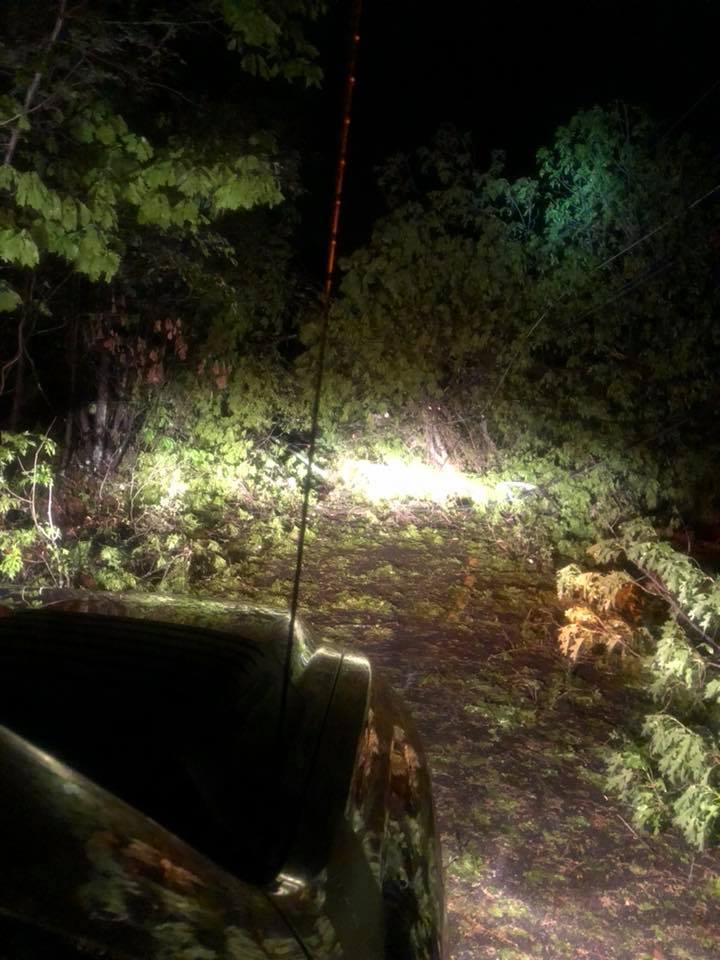



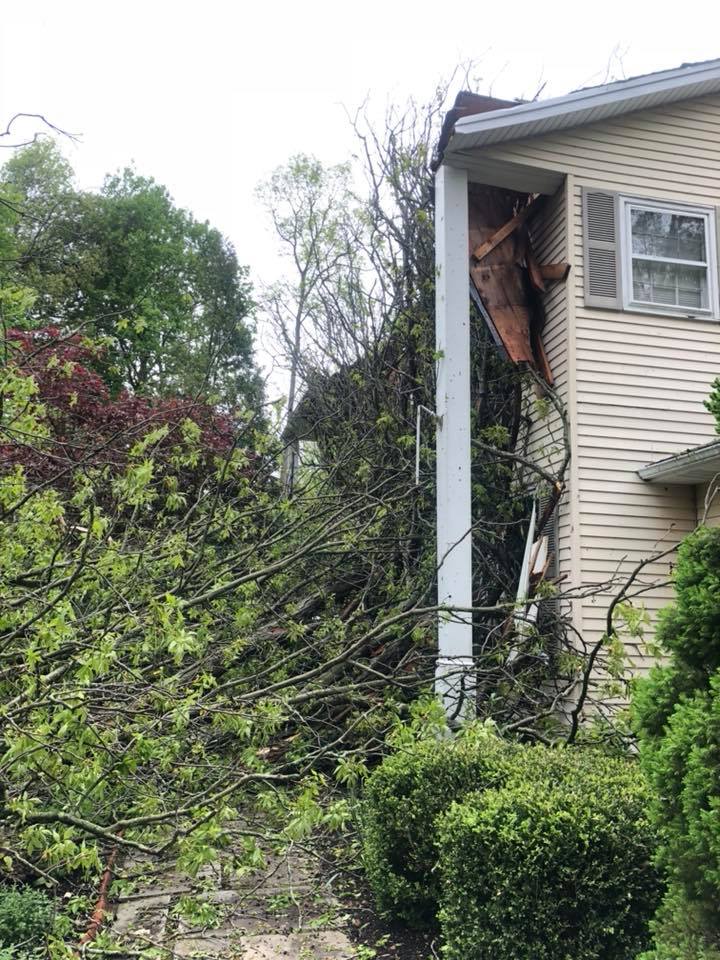








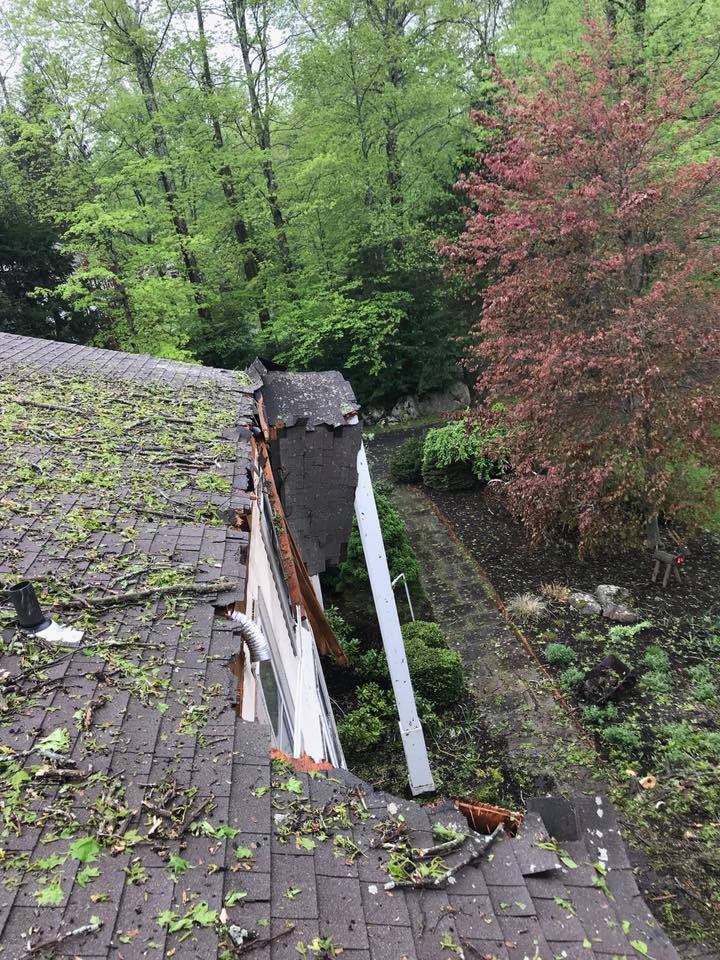


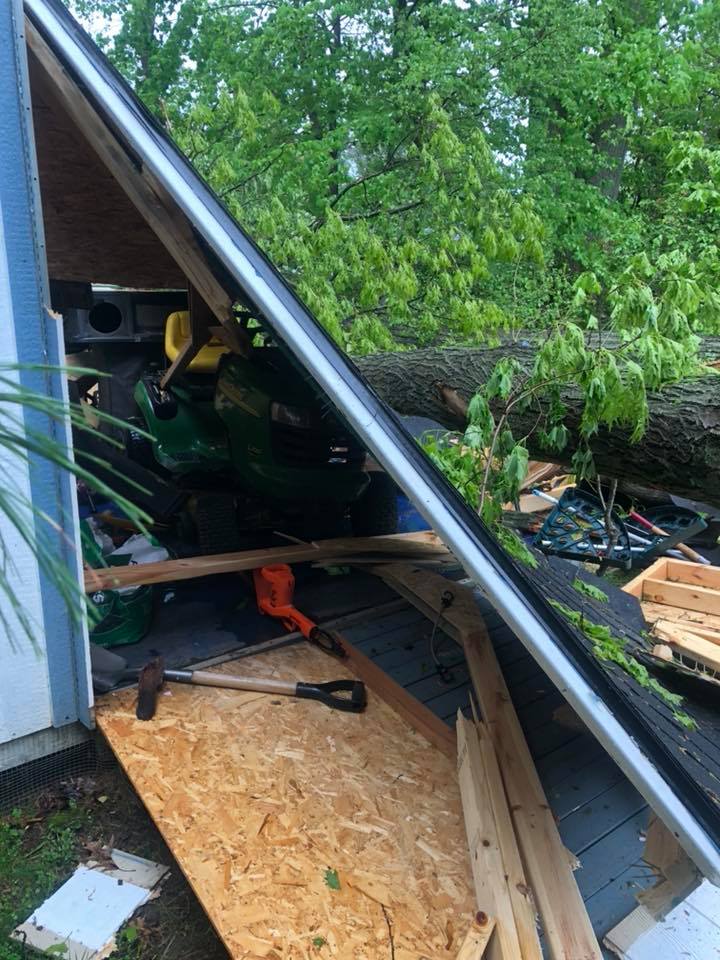


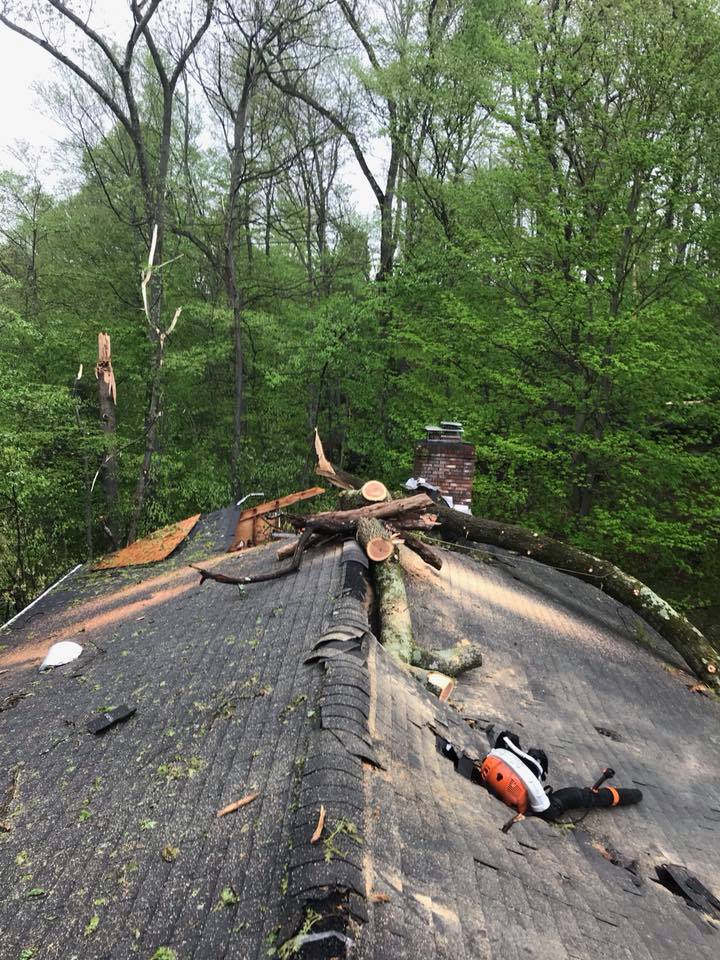







 Every autumn we revel in the beauty of the fall colors. The mixture of red, purple, orange and yellow is the result of chemical processes that take place in the tree as the seasons change from summer to winter.
Every autumn we revel in the beauty of the fall colors. The mixture of red, purple, orange and yellow is the result of chemical processes that take place in the tree as the seasons change from summer to winter. Question: We’ve had a lot of snow this winter and it’s piled up along the drive and walkway. Are all these snow banks going to damage my trees and shrubs?
Question: We’ve had a lot of snow this winter and it’s piled up along the drive and walkway. Are all these snow banks going to damage my trees and shrubs? Steps You Can Take to Protect Your Landscape
Steps You Can Take to Protect Your Landscape Question: During the cold winter months, when temperatures dip well below freezing, what prevents trees (and shrubs) from turning into a giant icicle?
Question: During the cold winter months, when temperatures dip well below freezing, what prevents trees (and shrubs) from turning into a giant icicle? Question: My trees make all kinds of popping and cracking sounds during really cold winter weather. What’s all that racket??
Question: My trees make all kinds of popping and cracking sounds during really cold winter weather. What’s all that racket??

 Hurricane Irene is headed our way with 80 mph winds and Barts Tree Service is geared up and ready with enough supplies to last us two weeks. We will be responding to storm damage calls with two crews 24 hours a day and prioritizing storm cleanup by severity i.e. Removing trees from houses and roof tops, clearing access ways, general cleanup. Our emergancy tree services include one truck equipped with two generators and emergency lighting, and all the materials required to tarp your roof after the tree removal.
Hurricane Irene is headed our way with 80 mph winds and Barts Tree Service is geared up and ready with enough supplies to last us two weeks. We will be responding to storm damage calls with two crews 24 hours a day and prioritizing storm cleanup by severity i.e. Removing trees from houses and roof tops, clearing access ways, general cleanup. Our emergancy tree services include one truck equipped with two generators and emergency lighting, and all the materials required to tarp your roof after the tree removal.



